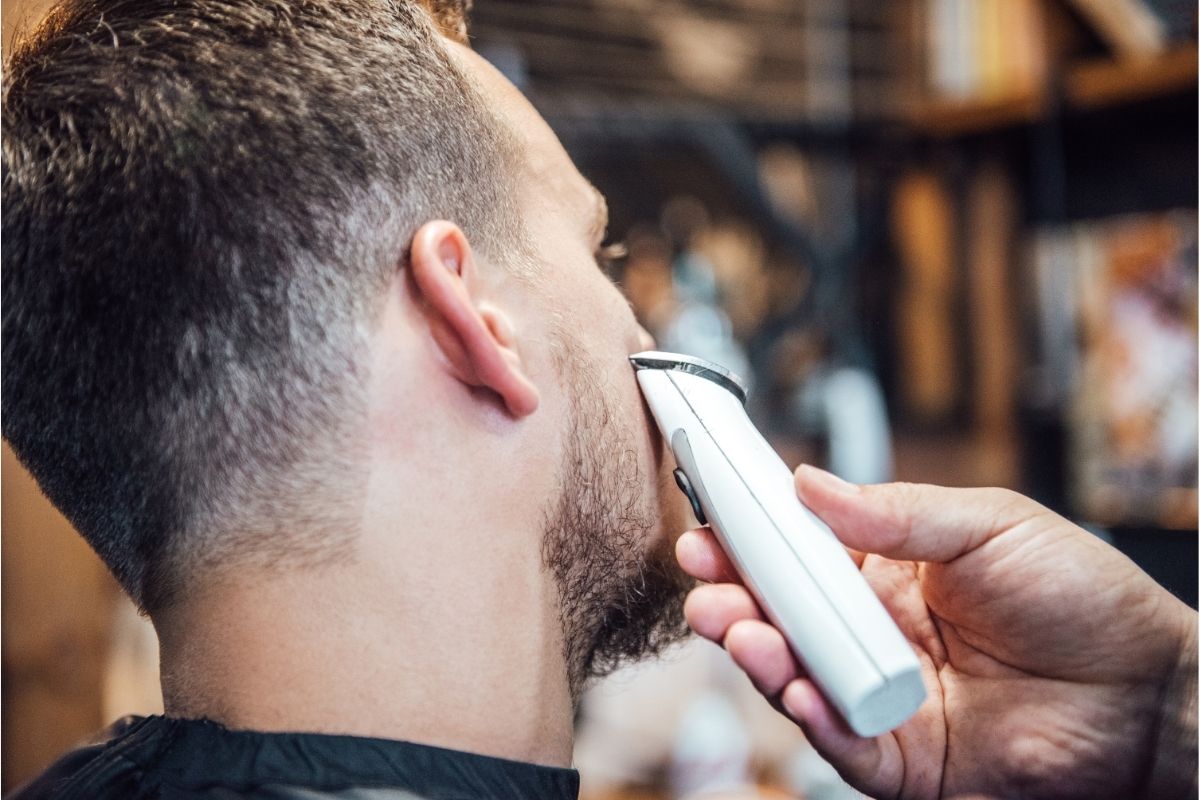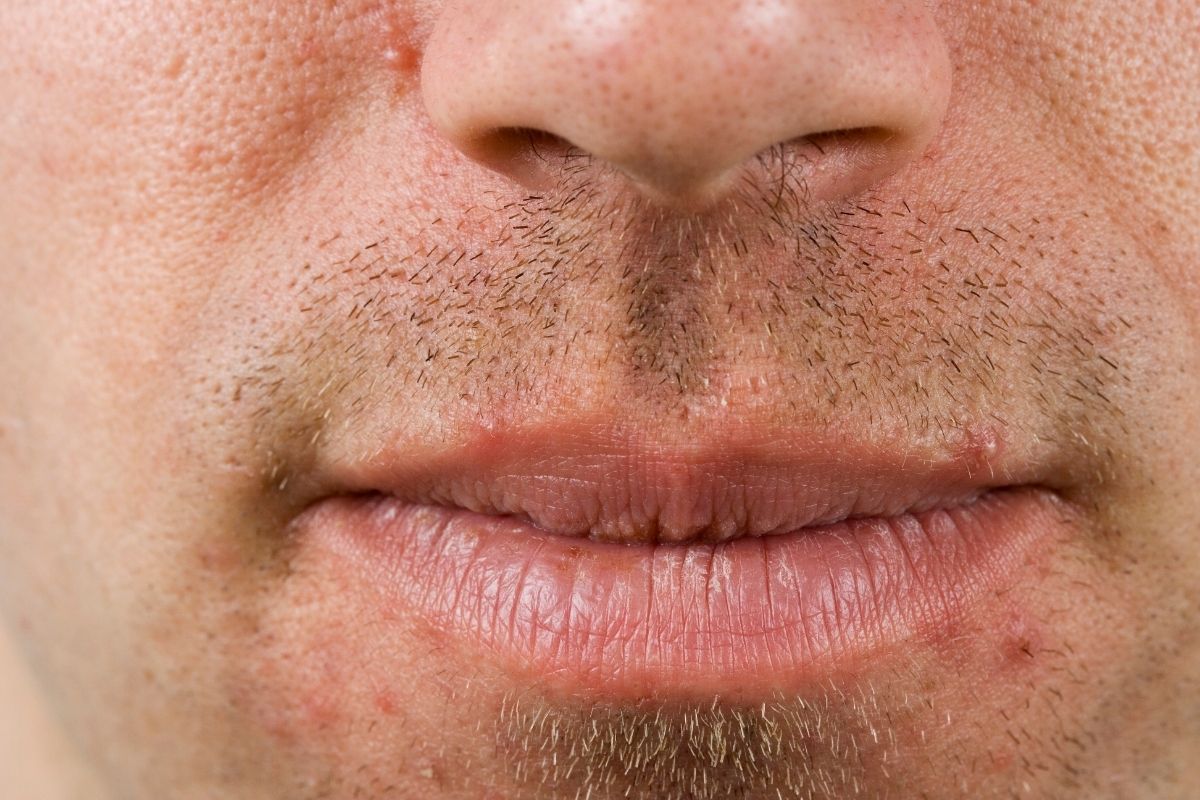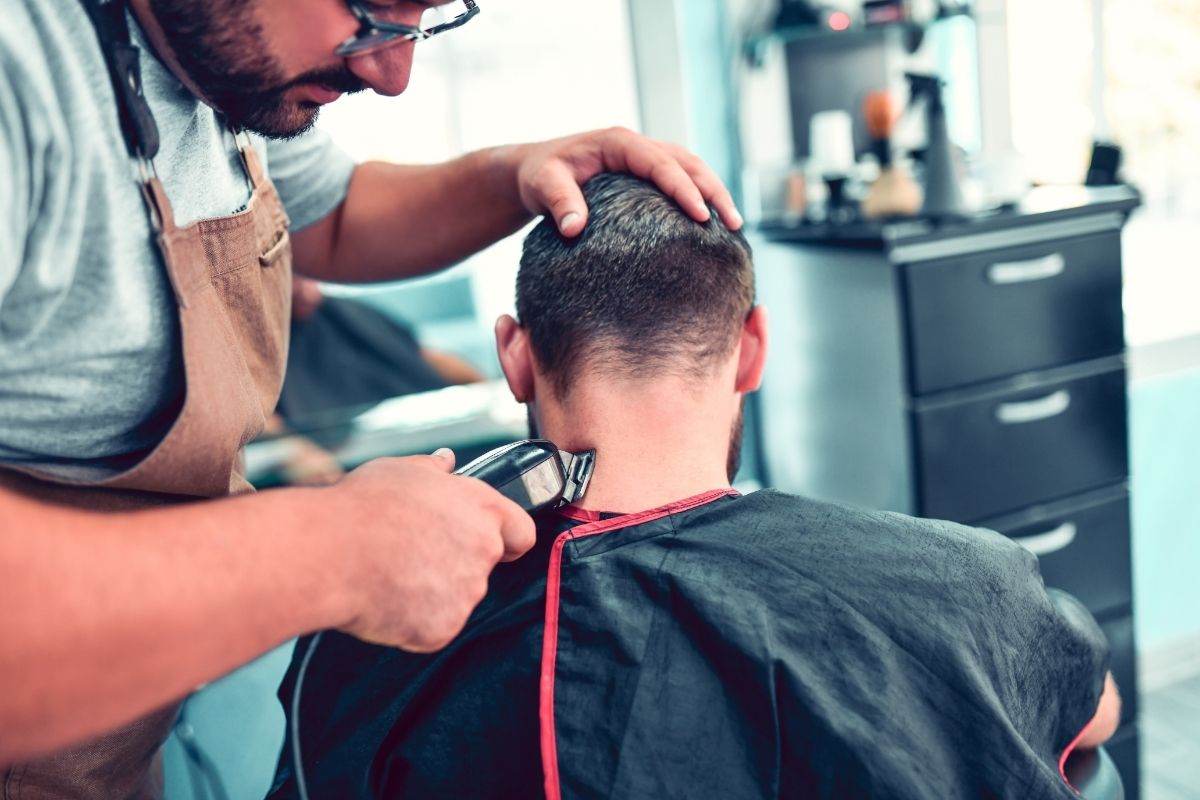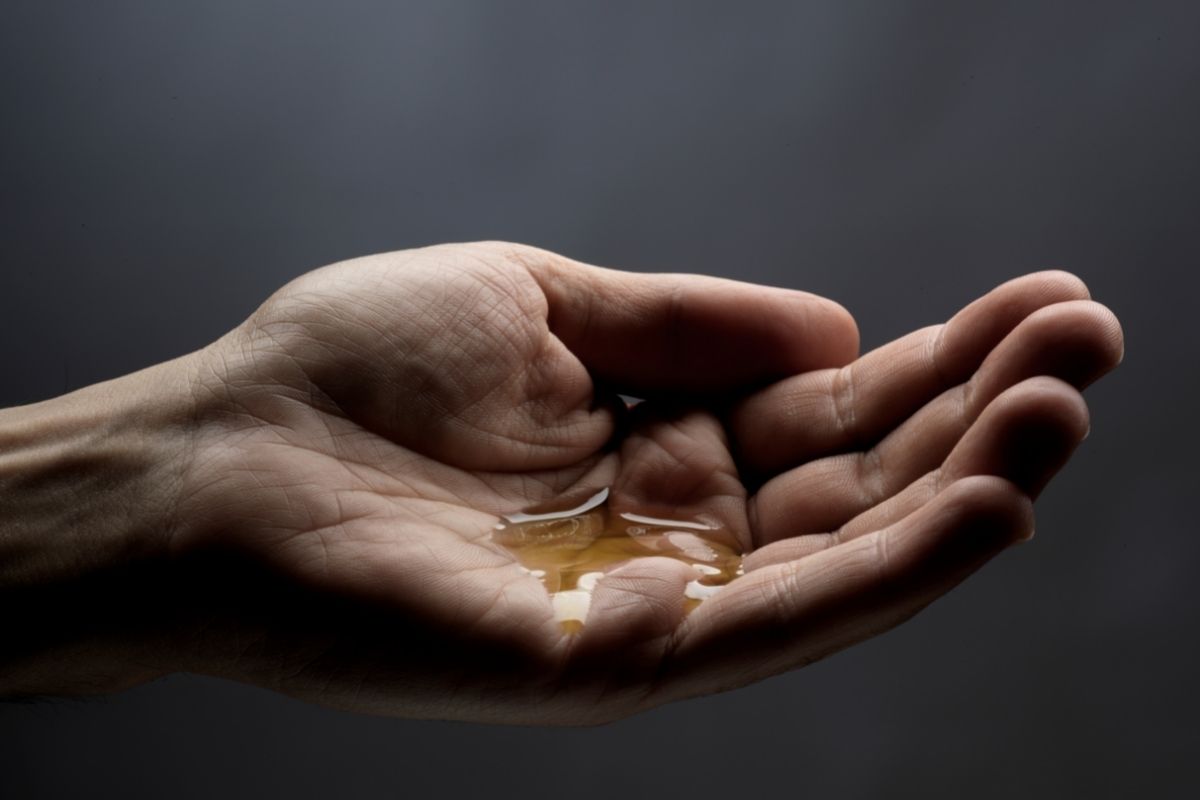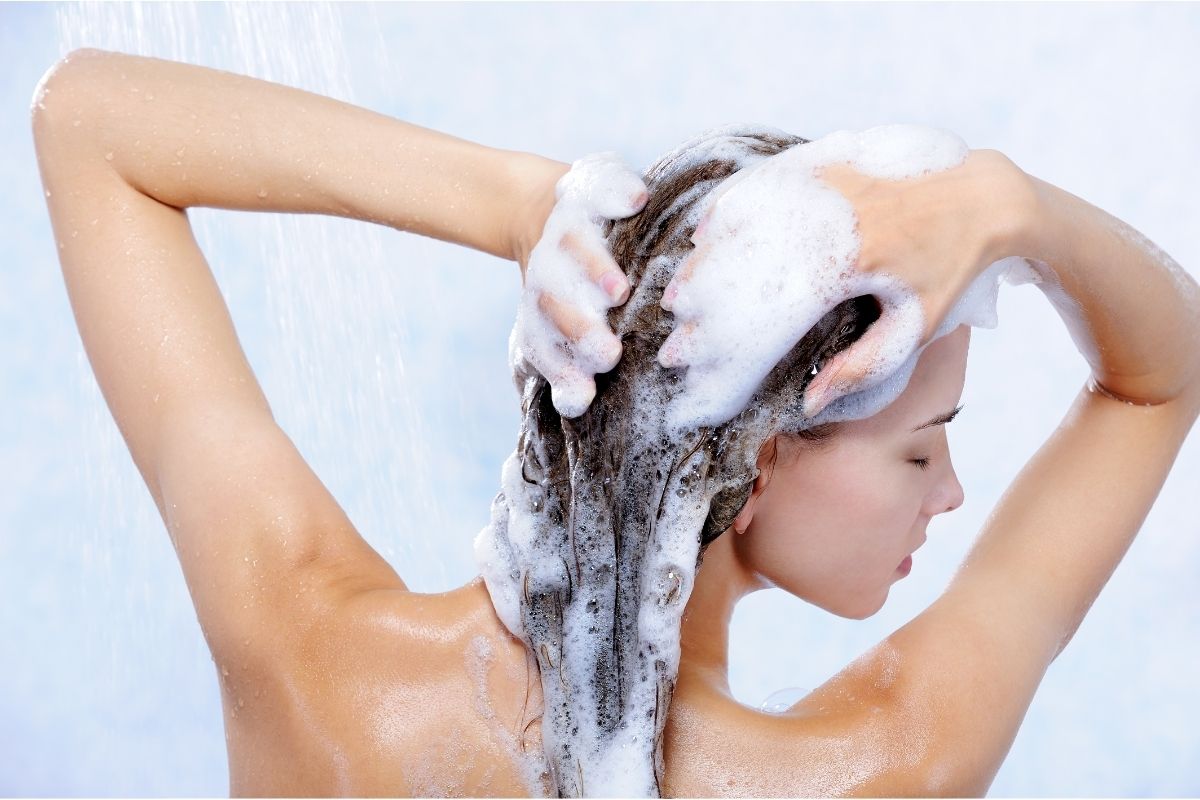When you make the transition to wet shaving, the amount of information you are faced with can be overwhelming.
After researching several brushes, razors, and brands, you’re left with one final question: Which products work best for you?
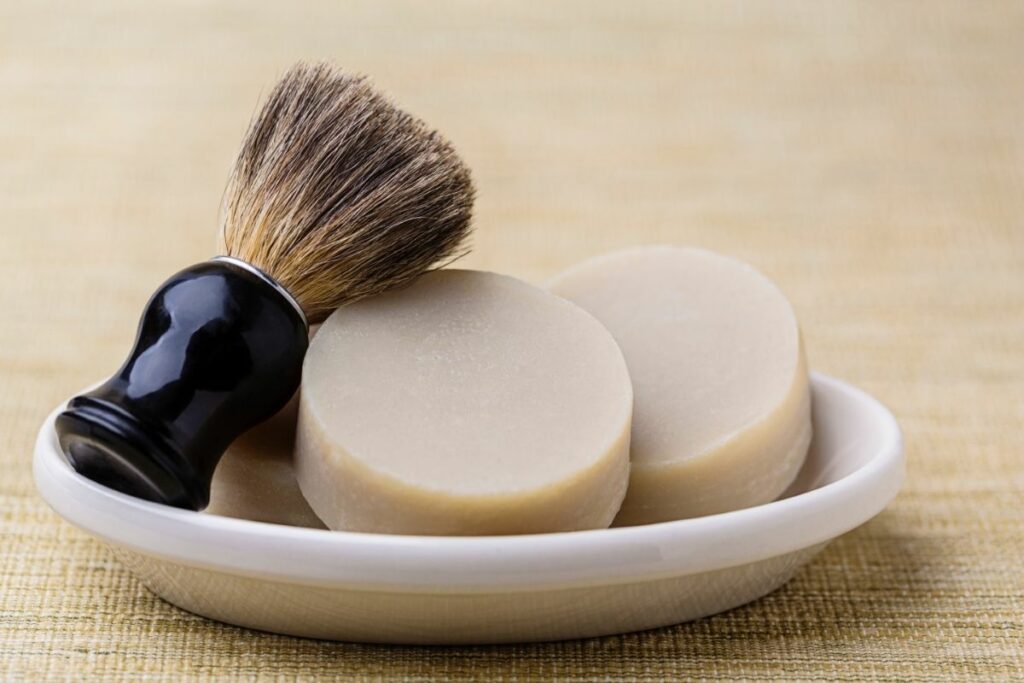
Shaving soap versus shaving cream can often be a difficult decision because, essentially, they both do the same job. They help achieve a smooth and gentle shave by providing cushion and lubrication.
Nevertheless, knowing their differences and choosing the right one for you can be an important part of your wet shaving journey. If you end up preferring shaving soap, you’ll learn how to use it correctly in this article.
You’ll also find tips on how to choose a good quality shaving soap.
Should I Use A Shaving Cream Or A Shaving Soap?
Those who are new at wet shaving may be wondering, what is better, shaving cream or soap? The true answer is that one isn’t better than the other!
The one you choose will depend on your preferences, but we’ll outline a few differences below that can help you choose,
Shaving creams are typically simpler to use as they come lathered. Soaps take more time as they need a brush to produce a lather.
Most straight razor enthusiasts also prefer shaving soaps, though this might be due to their classic appeal.
Some people may prefer to avoid shaving creams entirely due to their chemical ingredients. A lot of common brands use numbing substances in their creams which aren’t typically seen in shaving soaps.
Shaving soaps will all need to be worked into a lather, though this time will vary with each type of soap.
Similarly, some brushes may be better than others depending on how stiff their bristles are. Soaps may not use numbing agents, but they may use fragrances.
Those who have sensitive skin should take this into account and look out for un fragranced options.
How To Choose A Good Shaving Soap
It can be hard to find a good quality shaving soap from just looking at the packaging. You’ll need to look at the ingredients used and research the manufacturing process to decide if it’s a decent fit.
In most cases, shaving soaps will have a glycerin or tallow base. Tallow is made from animal fat, generally sourced from mutton or beef.
These fats will become a lubricant between your skin and the blade, allowing the razor to glide easily without cutting the skin.
The only way to know how a soap performs is by trying it yourself, though you can look at online reviews to see what others think about the soap in question.
Here are a few points to consider when searching for a new shaving soap.
- Does it lather easily? Is the lather watery or thick? How long does it take to produce a lather and how much effort will it take?
- Does the soap lubricate your skin enough to prevent razor burn and irritation?
- Does it use a fragrance? This is a personal choice as some prefer fragrance and others don’t. Those with sensitive skins should avoid using fragranced products, as these can be irritating. Those that like fragrance should make sure that they enjoy the soap’s smell.
- Other practical things to consider are cost, size, and availability.
The ‘best shaving soap’ doesn’t exist, as everyone will have a different preference. It’s best to try a range of shaving soaps and see which one suits your skin best.
Don’t just choose soaps from the popular brands, try some less well-known options too. You never know what you might find!
How To Use Shaving Soap
Creating a lather from a shaving soap isn’t hard, but some make it seem like a complicated task.
Here is the method as follows:
- Using a small brush, move the tool in little circular motions around the soap. Stop once the soap produces bubbles. With consistent practice, you’ll learn how much soap you’ll need each time.
- Take the bubbles off from the soap’s surface, then move them onto your hand or into a bowl.
- Move the brush in little circles, continuing to lather the soap. The bubbles should start to thicken.
- Once the lather is sufficiently thick, apply it to your face using the brush.
- If you plan on passing the razor over your skin several times, make sure you produce a decent amount of lather. A lather that’s too thin won’t protect your skin from the blades.
Soap Brushes And Shaving Soap
There are several shaving brushes available to purchase, so deciding on one to buy can be difficult.
Shaving brushes can be made from several types of bristles, and these hairs can come in many different kinds.
You’ll have to trial and error a few shaving brushes to find out which one you like. if you’re struggling to produce a lather with a brush, it might be the brush itself.
Soft-bristled brushes tend to work better with soft soaps. Harder bristled options work better with harder soaps.
Frequently Asked Questions
Get your last-minute questions answered here!
Is It Better To Use Shaving Cream Or Shaving Soap?
Shaving soap will produce a thicker lather when you use a shaving brush. These soaps can last a lot longer than a bottle of shaving cream.
Shaving cream creates a thick lather right out of the bottle, so it doesn’t need a lot of work to create a lather.
People with dryer skin may prefer shaving cream as they can feel silkier on the face. Those with oilier skins or those that prefer a traditional approach may prefer shaving soaps.
Can I Shave Using Regular Soap?
General soaps won’t create a thick enough lather. The bubbles and foam will disappear soon after you’ve applied the soap to your skin.
This lather isn’t thick or protective enough to give sufficient lubrication.
If you use regular soap, you’ll need to keep applying more soap on your skin before you shave your face.
Shaving soaps will give you a cleaner and closer shave, but they’re also better at protecting your skin.
Conclusion
Choosing between shaving soap or cream can be a tricky decision. Everyone has their likes and dislikes, but trying several products out can help you decide which one you like best.
If you do prefer the classic appeal of shaving soaps, the guidelines above will help you produce a sufficient lather.
Your brush choice also matters, so if your brush has soft bristles, choose a softer soap, and vice versa.
- How To Trim A Beard With Scissors - February 28, 2022
- How To Make Your Beard Soft - February 28, 2022
- How To Bleach Tips Of Guys Hair - February 28, 2022



